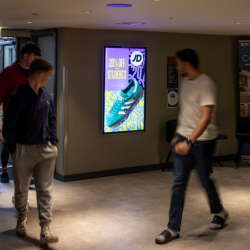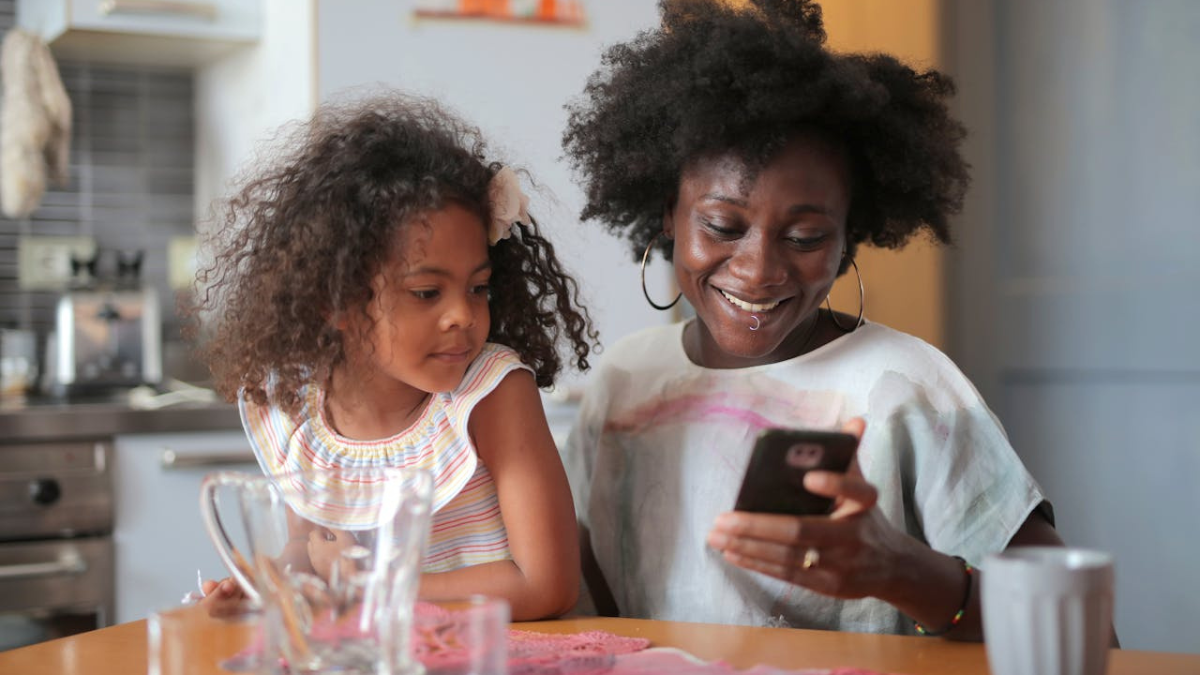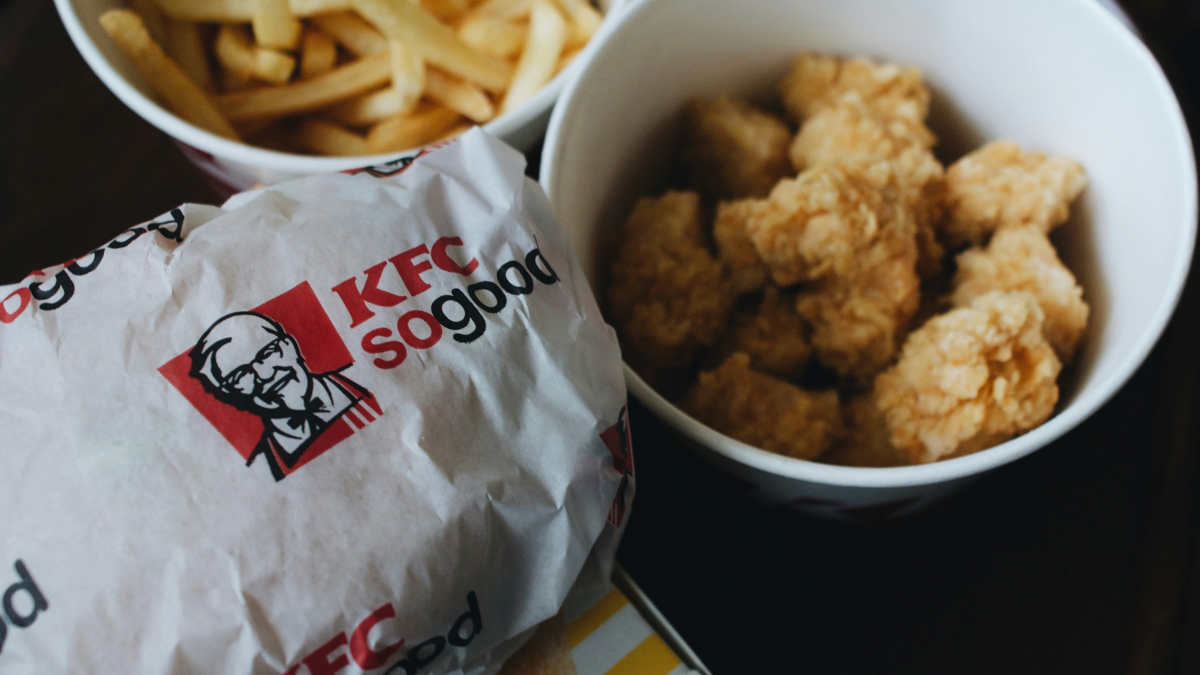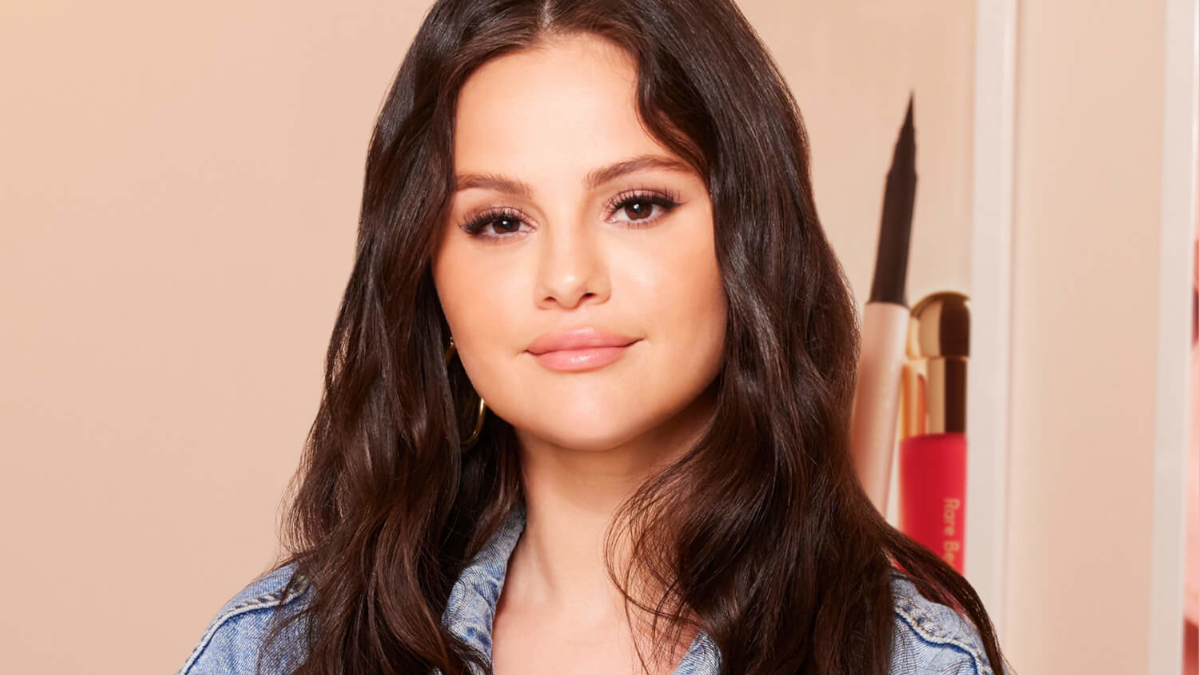The ‘Mamasphere’ blinked into existence in the late ’90s. As dial up hummed to life, mothers connected across borders and in chat rooms for the first time. The first wave of mommy bloggers, most notably Dooce (Heather Armstrong), penned irreverent, unfiltered confessionals on the messy realities of motherhood, and countered the picture-perfect madonnas of traditional media. These growing virtual spaces presented a support network outside of the limited perspective of local circles; a sisterhood to be accessed anywhere, at any time.
Fast forward to the 2010s, and the rise of contemporary social media. As the internet revolutionised visual culture, the appetite for more intimate windows into parenting evolved. On YouTube, family vlogging channels such as Jesssfam, The ACE Family and Shaytards invited viewers into their homes, amassed millions of subscribers and with them, lucrative sponsorship deals. It was this commercialisation of motherhood that birthed the Momfluencer infamous today; a highly aestheticised, aspirational ‘supermom’, cosplayed across the stage of her meticulously-curated Instagram feed.
In recent years, this glossy facade has lost its sheen
Mounting concerns around toxic positivity and the pressure to live up to these idealised, unrealistic lifestyles have led some mothers to reject these figures altogether. Nevertheless, Momfluencers remain a crucial cog in a 2.4 trillion dollar industry. Mothers drive the vast majority of household purchases — and from breastmilk coolers to babywearers, strollers to Stanley Cups, the products Momfluencers sell promising to ease the burdens of motherhood are seemingly limitless.
Today, TikTok is poised to transform the Momfluencer playbook once again. The platform’s unique emphasis on authenticity and virality has spawned a bigger diversity of momfluencers; women addressing specific needs within the broader mum demographic, and leveraging the power of in-built, shoppable content. So — how are these new voices reshaping the mamasphere, and what impact will their influence have on the choices mothers make?
The all-knowing algorithm
TikTok’s ‘For You’ page is perhaps its biggest draw. It’s so popular, it’s prompted Meta to overhaul their own algorithms and is reshaping language in real time. Between 30 – 50% of videos TikTok users see are recommended based on prior engagement. Within mere minutes of scrolling, the app is so good at reading your preferences and redirecting you to specific content, it can feel like divination.
In 2022, TikTok revealed that 60% of millennials on the platform are parents. For those facing the complexities of raising tiny humans, the algorithm removes the ennui of endless research. In just a few swipes, mothers can learn about an array of topics, from cloth-diapering to co-sleeping, from women just like them.
The more content you watch, the more is recommended, seemingly anticipating parents’ questions before they arise. This presents a golden opportunity for brands to partner with Momfluencers and position themselves as the trusted answer to these everyday parenting challenges.
Micro-influencers and niche content
Micro communities thrive on TikTok. Spiralytics reveals 47.3% of creators are micro-influencers, making them the dominant force. These everyday people cultivate intimate and loyal communities built around shared passions. Research shows that 82% of consumers are more likely to discuss buying something a micro-influencer recommends.
The integration of products in their content feels organic — not a celebrity endorsement, but a recommendation from a friend. And the results are undeniable: micro-influencers possess a 60% higher engagement rate and 20% more conversions than their macro counterparts.
In the momfluencer landscape, micro-influencers carve out niches around specific parenting advice. Alyssa (@wheel.life.wheel.world) and Alex (@wheelchair_rapunzel) share their experiences of motherhood with genetic disabilities. Alé (@wildheartcollective_) educates prospective adoptive parents on adoption rights and reform. Joannie (@autism_mom_life) recently went viral for a video depicting the difficulties of raising children with autism. The democratisation of content creation promises a more diverse progression of the ‘expensive, unrealistic, and extremely white world’ of Momfluencing, and the opportunity for brands to partner with a wider range of authentic voices.
#TikTokMadeMeBuyIt
Statistics from Social Sprout further reveal that TikTok shoppers use the app in myriad ways. 39% actively look for products to buy on TikTok Shop, the platform’s ecommerce feature, 45% shop from paid influencer recommendations, 58.2% use the app for shopping inspiration and a whopping 71.2% have bought a product after seeing it in their feed.
In fact, TikTok is the leading platform for impulse purchases; the tag #TikTokMadeMeBuyIt has billions of views. Momfluencers seamlessly integrate products into their content, showcasing them in action. From there, a single tap allows viewers to access details and purchase these products within the app.
This experience streamlines shopping for busy parents, eager for any product that could make life a little easier. Add to this TikTok’s functionality as a search engine; the Discover page, trending and advanced filter options, which include the ability to list videos you’ve already watched, makes the platform an unparalleled one-stop-shop. Brands have an opportunity to not only sell, but serve as the answers to vital questions on parents’ minds.
What we can learn
The longevity of Momfluencers highlights the desire for authentic connection. Momfluencers not only carve a space to share their experiences, but also build communities where they are seen, heard, and valued.
By embracing this evolution, marketers can leverage the buying power of mothers, whilst contributing meaningfully to these spaces and conversations:
- Focus on authenticity
Prioritise partnerships with Momfluencers whose values and content align with your brand values and messaging. - Empower momfluencers
Give them the creative freedom to share their genuine experiences and showcase products in a way that feels natural within their content. - Build community
Move beyond mere transactions. Co-create content e.g. AMAs (Ask Me Anything) or giveaways to deliver real value to audiences, positioning your brand as a trusted partner within the Momfluencer ecosystem. - Celebrate all moms
Acknowledge the invisibility and struggles mothers often face. Build narratives that foster empathy and trust, leading to stronger brand connection. - Long-term collaboration
Investment in long-term partnerships allows for the creation of branded content series, in-depth audience understanding
Featured image: Andrea Piacquadio / Pexels
































